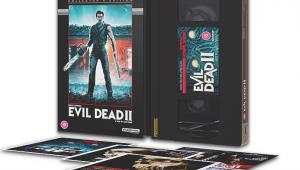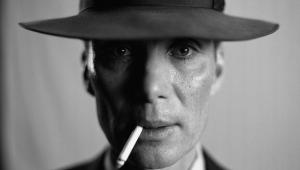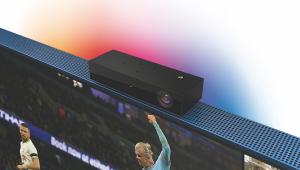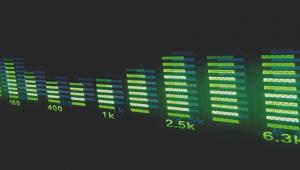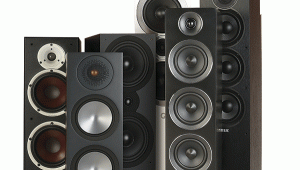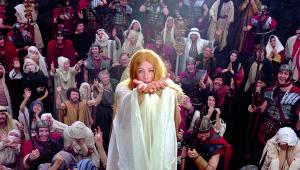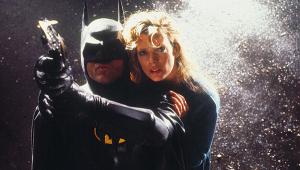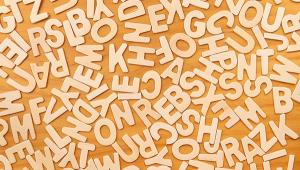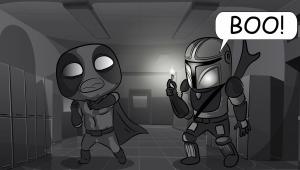Return of the Matte

Since the widespread adoption of digital visual effects during the 1990s, several filmmaking arts have essentially fallen by the wayside. The most notable for me is the demise of the matte painting – a technique used to combine a piece of live-action footage of a limited scale with a more expansive, or ornate, painted background or foreground. This was a method used to create epic vistas that otherwise couldn't be achieved without bankrupting the studio.
Part of the filmmaking process since the earliest days of cinema, the matte painting was traditionally done directly on to a large sheet of glass, which would be positioned in front of the camera; an unpainted space left on the glass is where the live-action material would be visible. The camera would then capture both elements while filming, combining them into a single image on the negative.
Unsurprisingly, the arrival of computer technology has led to this notion of painted mattes being ditched entirely in favour of 100 per cent digital composites. And why not, when this advance in processing power clearly offers greater flexibility to filmmakers? Why would anyone spend ages repainting an image by hand when they could just hit 'Undo' on a drop-down menu on their computer?
However, to my eyes it has also removed some of the artistry from the matte effect. I’m not disputing that there is an inherent artistic talent needed in the creation of a digital matte, but I do feel that they frequently comes across as looking rather soulless.
By contrast, what I love most about old-school painted mattes were the minor imperfections and the artistic license that was sometimes taken to heighten the visual and emotional impact of a specific shot.
Just look at the image taken from Ghostbusters that appears at the top of this article. Painted by celebrated special effects artist Matthew Yuricich (who worked on some 70 films, including The Robe, Ben-Hur, Blade Runner and Die Hard) it depicts an exterior shot of the damage done to Dana's apartment as the movie's four heroes enter it.
If this shot was being created today in an entirely digital workspace, I have no doubt that it would be a spectacularly rendered cityscape packing in masses of intricate detail. However, while Yuricich's painted matte also sells that epic sense of scale, by departing from absolute realism it has even greater impact. By pushing the perspective slightly beyond the norm, Yuricich's matte heightens the unnatural feeling of what we’re looking at. This feeling is aided further by the use of unusual pink highlights elsewhere in the cityscape – a colour that Ghostbusters regularly linked to supernatural events.
Artificiality vs realityThese days, the quest for photo-realism in visual effects seems to have trumped everything else. And while the inherent fakeness of a painted matte could be used to give a shot more emotional depth (just look at 'Pop' Day's exquisite mattes for Black Narcissus), the all-too clinical and 'realistic' nature of most digital mattes offer little beyond visual spectacle. Furthermore, the chance of finding any trace of the artists themselves in the finished VFX shots is simply nonexistent.
Personally, I think this is a real shame. At least the existence of Blu-ray allows me to savour the painted mattes of older films in greater clarity and detail than I ever felt possible.
 |
Home Cinema Choice #351 is on sale now, featuring: Samsung S95D flagship OLED TV; Ascendo loudspeakers; Pioneer VSA-LX805 AV receiver; UST projector roundup; 2024’s summer movies; Conan 4K; and more
|

